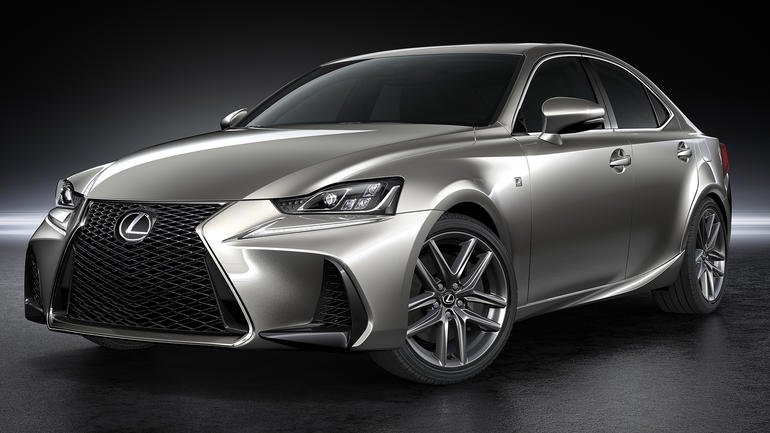The revival failed to yield more than a few prototype cars. All had rear-mounted V-8 motors, rear engines having been considered inevitable by 1930s futurists. The first prototype had its radiators in the rear, but it was later converted to front radiator layout that the other cars were given.
I-F previously marketed types 8, 8A, and 8B, so the postwar car was branded Tipo 8C with the name Monterosa added. Its Wikipedia entry is here and other information is here.
This is the first (1947) prototype showing rear intakes to feed the radiators. The front design is curious with the front of the "hood" sporting what looks like a chrome cap to a classic radiator grille -- with blank sheet metal where the grille would be located. Flow-through fenders give this Zagato design a definite postwar feeling. The overall effect is awkward despite the nicely done greenhouse.
The Boneschi firm designed and built this 1947 8C Cabriolet. The Monterosa platform was large, befitting its luxury target market, and Boneschi seemed unable to avoid the ponderous design seen above.
Touring did two 8Cs, probably in 1948. Above is a two-door coupe that looks like a slightly bloated version of contemporary Touring coupe designs for smaller cars. The I-F grille seen here and on the Boneschi cabriolet is unhelpful.
The other Touring 8C is this six-window, four-door Berlina. It too incorporates Touring styling cues, but greenhouse treatment makes this car seem less bloated than the coupe.























































